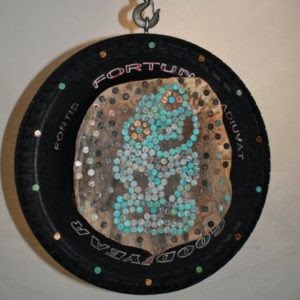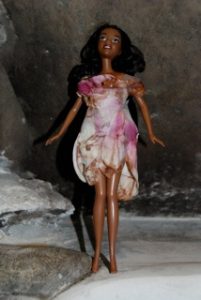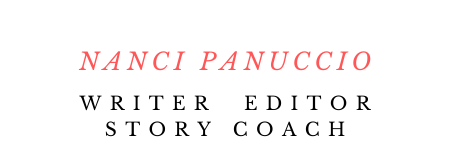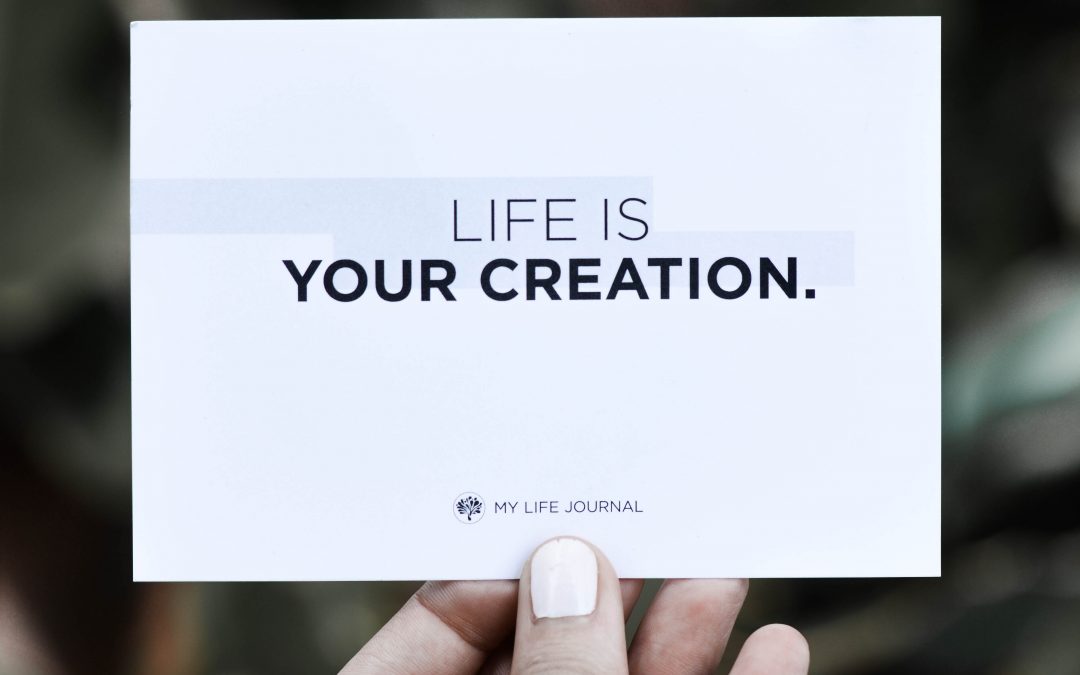How do you nudge your way into a story?
Do you start with a childhood memory? A vintage photograph? An overheard conversation?
We all have our own way in. And our creative processes are as singular as fingerprints.
My friend and writer, Sarah, describes the gateway to her stories like this: “I do horoscopes and figure out enneagrams of characters, and draw pictures. And invent soundtracks in my mind.”
What I admire about her process is that it’s instinctive, primal, entirely hers. It’s exploratory.
Generating Ideas
Twyla Tharp, in her book The Creative Habit, calls the early stage of idea generation “scratching.” Rather than wait for the big idea to hit – the theme of your novel, let’s say, or the plot of your story – you start by scratching for a small idea first. The idea could come from anywhere, really. A painting. A random item from your purse. Horoscopes and enneagrams.
Scratching gives you something tangible to start with. A memory. An experience. A sensation.
That one idea, however small, can expand into more ideas.
You know how this works. A single image, scent or sound can set off a cascade of associations. A particular song can launch us through layers of our past. One idea begets another until we have a pastiche of memories and inventions, all sparked from that initial glimmer.
Scratching is not linear or logical. It’s fractured. We can’t see the connections yet. We just have to trust what rushes out.
Capturing
Ideas are ephemeral. You need to capture and collect them, make them concrete.
My kid’s father is an avid collector of random objects. Broken things. Fragmented things. Discarded things. Ian is fascinated by other people’s throw-aways on roadsides. Or wreckage swept up on the stream bed. His 3,000 square foot art studio is crammed to the rafters with metal scraps, cables, vintage soda bottles, broken toys, mattress springs, even steel sections from the old Chichester bridge.
From the time Kaz could walk, he created art installations all over our house. He hoarded all forms of minutiae — candy wrappers, roof shingles, river worn glass, deflated balloons, stray newspaper pages, magnolia petals, fallen crystals from costume jewelry.
In our house, anything and everything is fodder for art.
And while our Hudson Valley homestead sometimes resembles a junkyard, I’ve learned to surrender to my family’s fondness for what I once viewed as trash.
This is how they scratch.
We writers have our own way. Our scratchings are scattered across our hard drives, in Word folders and files, XMind and, thank God for Evernote. We collect in journals, note books, cafe napkins, sticky notes.
Mining, Recycling, and Transforming
The real fun happens when you examine what you’ve collected when you mine your material for metaphoric value. You put what seem like unrelated ideas together, side by side, and start to discover the interconnections of ideas that seemed, at first glance, disparate.
I’m always amazed by how my family’s random objects are spun into stunning works of art, juxtaposed in strange, beautiful, surprising ways. Oil drums are recycled into lit up voting booths, cut up Brio’s Pizza boxes for faux voter ballots. A Goodyear truck tire, tree trunk, and hundreds of pennies become a gigantic tiki good fortune mosaic pendant.

art by Ian Laughlin
A gaudy costume earring metamorphoses into a glittering chandelier in Kaz’s “kitty dream house.” Pink dryer lint transforms into a plush bed for dolls. Magnolia leaves dress Princess Tiana.

magnolia dress by Kaz
photo by Ian Laughlin
The transformation happens when you alter your ideas to serve a larger endeavor. You recycle those small objects in service of the story. The bonsai tree that wended its way into your notebook might, for example, suggest a character’s emotionally stunted life. As Twyla Tharp says, you connect the dots.
Staying Open
When scratching for ideas, the key is to keep yourself open to everything that swims in. Trust your mind’s urge to roam.
Ideas are fluid at this stage. They’re intuitive and emotional, not intellectual. Ian and Safira never ask, “Should I bring this home or shouldn’t I?” Never, “How can I use it?” The only question is, “Will this fit in the trunk of the Honda, or in the bed of the truck?” “Can you put this in your pocket, Mom?”
Twyla Tharp says,
“The first steps of a creative act are like groping in the dark; random and chaotic, feverish and fearful, a lot of busy-ness with no apparent or definable end is sight.”
This is where a lot of us get antsy. We’re deeply uncomfortable in that space of not knowing what we’re writing about or where it’s going. Scratching can feel a lot like goofing off. But we need to resist our urge to wrestle our ideas into some kind of form prematurely, before our raw material has a chance to incubate.
The beauty of scratching is that you let go of all your preconceived notions of what you think you’re writing or should be writing. This comes in handy whenever you’re stuck. Because all you need to get going is something small.
Improvise, riff, scale on that small idea, no matter how minuscule.
Don’t question or over think it.
Scratch for something small in the hopes that it will evolve into something bigger.
Don’t know where you’re going.
For now, just scratch.

